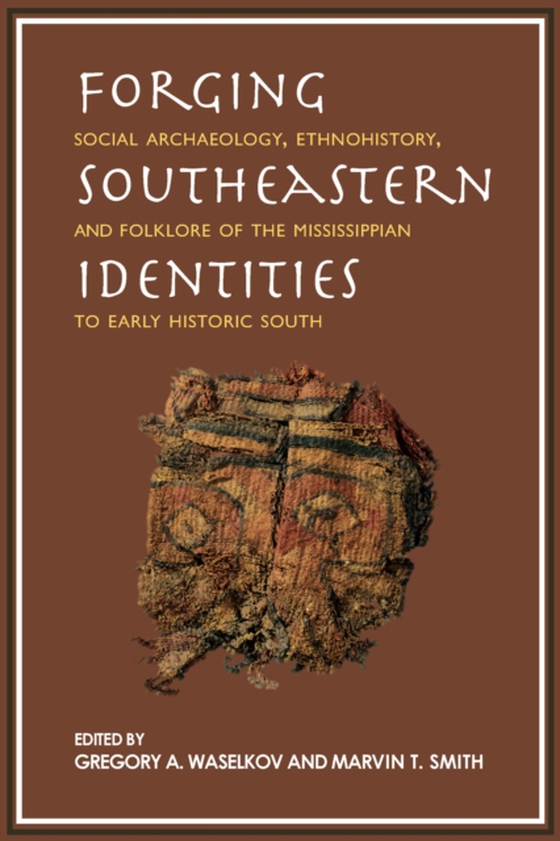
Forging Southeastern Identities e-bog
656,09 DKK
(inkl. moms 820,11 DKK)
Forging Southeastern Identities: Social Archaeology and Ethnohistory of the Mississippian to Early Historic South, a groundbreaking collection of ten essays, covers a broad expanse of time-from the ninth to the nineteenth centuries-and focuses on a common theme of identity. These essays represent the various methods used by esteemed scholars today to study how Native Americans in the distant pa...
E-bog
656,09 DKK
Forlag
University Alabama Press
Udgivet
31 marts 2017
Længde
336 sider
Genrer
1KBBSM
Sprog
English
Format
epub
Beskyttelse
LCP
ISBN
9780817390785
Forging Southeastern Identities: Social Archaeology and Ethnohistory of the Mississippian to Early Historic South, a groundbreaking collection of ten essays, covers a broad expanse of time-from the ninth to the nineteenth centuries-and focuses on a common theme of identity. These essays represent the various methods used by esteemed scholars today to study how Native Americans in the distant past created new social identities when old ideas of the self were challenged by changes in circumstance or by historical contingencies. Archaeologists, anthropologists, and folklorists working in the Southeast have always recognized the region's social diversity; indeed, the central purpose of these disciplines is to study peoples overlooked by the mainstream. Yet the ability to define and trace the origins of a collective social identity-the means by which individuals or groups align themselves, always in contrast to others-has proven to be an elusive goal. Here, editors Gregory A. Waselkov and Marvin T. Smith champion the relational identification and categorical identification processes, taken from sociological theory, as effective analytical tools. Taking up the challenge, the contributors have deployed an eclectic range of approaches to establish and inform an overarching theme of identity. Some investigate shell gorgets, textiles, shell trade, infrastructure, specific sites, or plant usage. Others focus on the edges of the Mississippian world or examine colonial encounters between Europeans and native peoples. A final chapter considers the adaptive malleability of historical legend in the telling and hearing of slave narratives.
 Dansk
Dansk

